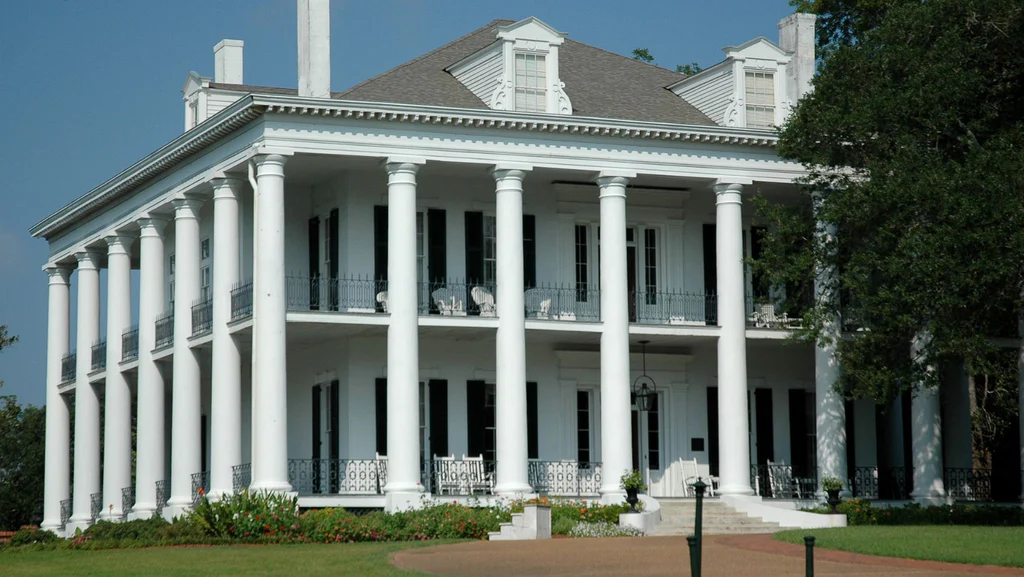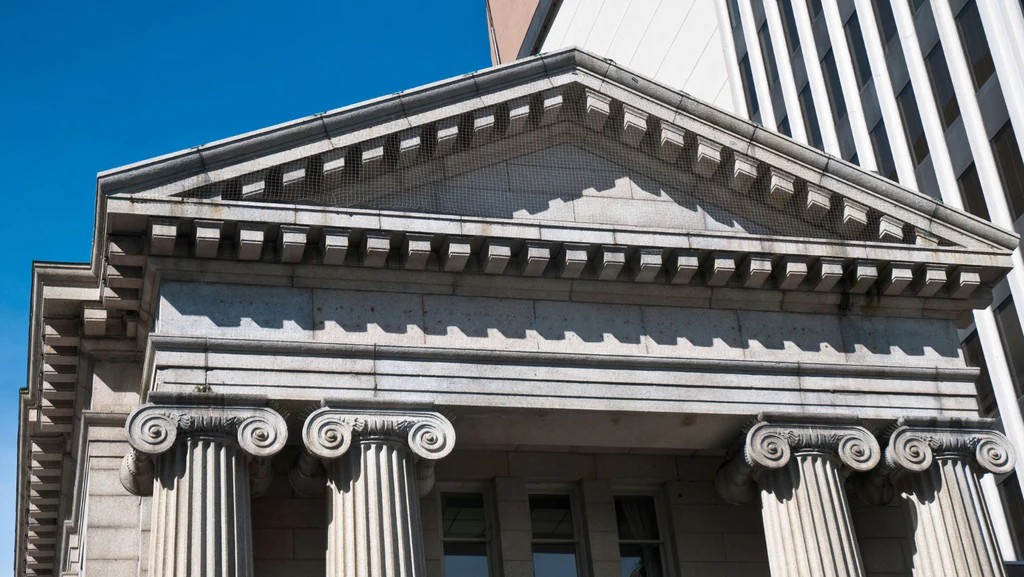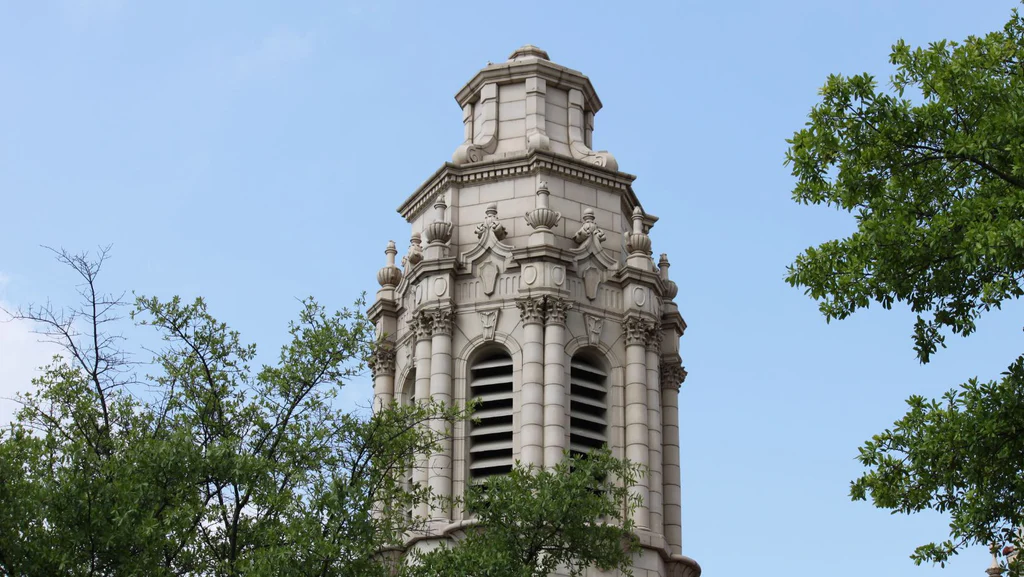Have you ever been mesmerized by the grandeur of magnificent structures? Do you find yourself captivated by the elegance of towering columns, intricate designs, and awe-inspiring facades? If so, it’s time to explore the timeless charm of Greek Revival architecture. Picture opulent buildings adorned with stately pediments and rich classical embellishments, all inspired by the architectural brilliance of ancient Greece. In this article, we'll delve deeper into the defining characteristics of Greek Revival buildings and uncover their unique cultural significance. Let’s embark on a journey through the world of Greek Revival architecture!
What Is Greek Revival Architecture?

Greek Revival architecture draws inspiration from the harmonious blend of symmetry, proportion, simplicity, and elegance found in ancient Greek temples from the 5th century B.C. Flourishing in the United States between 1825 and 1860, Greek Revival became the dominant architectural style across the country, from the East Coast to the West Coast. However, its popularity waned with the advent of the Civil War.
The History of Greek Revival
James "Athenian" Stuart, a British architect, first introduced Greek Revival to the United Kingdom after being spellbound by the magnificence of Greek architecture during his travels to Greece in 1751. His publication, *Antiquities of Athens*, in 1762, was the world’s first comprehensive reference book on Classical Greek architecture, helping to popularize the style far beyond its Mediterranean origins. In America, Greek Revival flourished as a symbol of democracy in the early 19th century. Inspired by ancient Greece's democratic roots, Americans embraced its culture, art, and philosophy, moving away from the British-influenced federal style toward a more authentic democratic aesthetic. The Greek War of Independence further fueled their admiration for ideals of freedom and self-determination. Developers and builders in the U.S. adopted Greek Revival as a national style, incorporating it into state capitol buildings, banks, churches, row houses, cottages, and plantation homes. Architectural pattern books such as *"The Companion for American Builders"* and *"The Assistant for Builders"* played a key role in spreading this style rapidly across the nation. Regional adaptations of Greek Revival emerged throughout the U.S., reflecting local tastes and available materials. Notable examples include the galleried cottages and double-galleried townhouses in New Orleans, as well as the iconic Colonnade Row townhouses in Manhattan, designed by architect Andrew Jackson Downing.

Greek Revival Elements and Key Characteristics
- Columns and Pediments: This architectural style is marked by tall columns and pediments, reminiscent of the ancient Greek temple typology with its commanding rows of columns and triangular pediments above.
- Painted Plaster Facade: Unlike the stone structures in Greece, American Greek Revival homes were built using wood and plaster, then painted white to mimic the appearance of stone.
- Horizontal Transom: Instead of the fanlights seen in earlier Federal Period homes, Greek Revival houses feature a horizontal transom above the front entrance.
- Bold Moldings: Both the interior and exterior of the home are adorned with bold yet simple moldings, reflecting the high-style aesthetic of Greek Revival.
- Embellishments: More affluent residences showcase intricate details, such as framed dormer windows on the second level with pilasters and pediments. Simpler homes may include similar elements but with fewer embellishments.

Greek Revival architecture offers a fascinating glimpse into history, highlighting the enduring influence of ancient Greece and its timeless beauty. From its beginnings in the UK to its peak in the U.S., this style stands as a testament to the universal appeal of classical elements and their profound impact. As we admire these grand structures, we connect with the past by appreciating the architectural masterpieces of Greek Revival.
Filament Winding Fittings,Marine Pert Plastic Pipe,Marine Pert Plastic Pipe Fittings,Marine Pert Plastic Pipe For Water Supply,Marine Polyethylene of raised temperature resistance
Jingjiang Haihong Plastic & Rubeer Science -Technology Co.,Ltd , https://www.marineplasticpipe.com